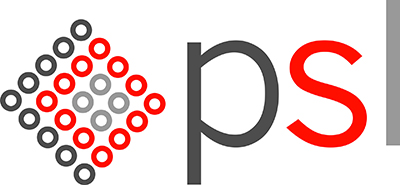Helsinn Advanced Synthesis (HAS), located in Biasca, Switzerland, is the chemical manufacturing business unit of the Helsinn Group. To meet the demand for anticancer molecules HAS opened a new cytotoxic facility this year. The plant comprises R&D and QC laboratories, a small-scale GMP area for the production of reduced quantities of cytotoxic active pharmaceutical ingredients (APIs) and two larger production areas for the production of cytotoxic product at commercial scale.
The facility is exclusively dedicated to the development, analysis and manufacturing of clinical and commercial cytotoxic APIs. It has a 3b category with an Occupational Exposure Level (OEL) of less than 50ng/m3 for the protection of the operator, environment and product when handling cytotoxic compounds (see Figure 2).
The laboratory
The new dedicated laboratory has been constructed for R&D trials, initial process development and QC analysis. Some of the most important equipment has been custom designed to meet Helsinn’s requirements and needs.
cGMP production
The cytotoxic plant is segmented into three production levels. Each area is designed using state-of-the-art ‘closed system’ equipment with variable air pressure and engineering controls.

